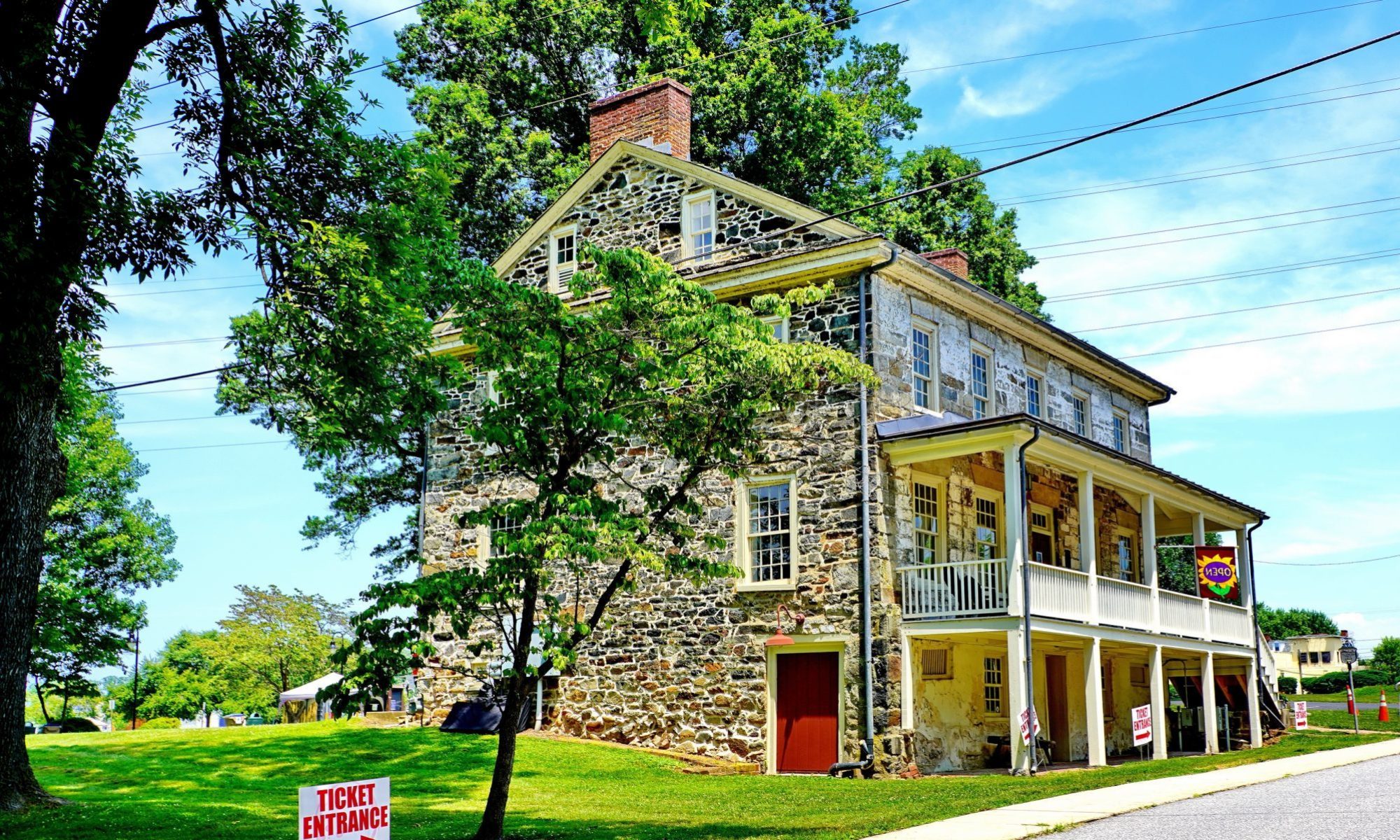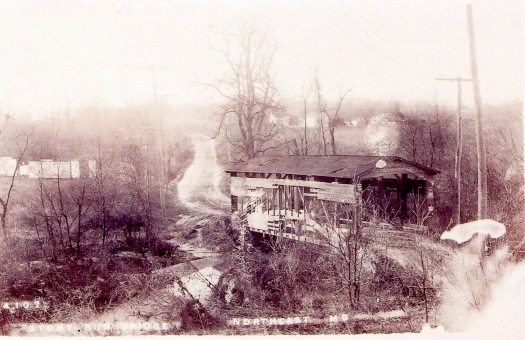

As lightning periodically illuminated the cold, rainy night of December 8, 1963, five airliners flew in a holding pattern above Cecil County, awaiting clearance to land at Philadelphia International Airport. One craft, lightning crackling nearby as it circled, was Pan American Airways Flight 214. Suddenly the tower heard a transmission from that flight: “Mayday, mayday, mayday, clipper 214 out of control. Here we go . . .” Another circling plane radioed: “Clipper 214 is going down in flames.”
At quiet firehouses around the county, clocks ticked unhurriedly toward 9 p.m. that stormy Sunday evening until the emergency radio crackled to life with the startling alert: “Station 3, you have a plane crash,” the steady, professional voice of Rosemary Culley, the dispatcher at the control center, said. Following the first report that a large craft had “exploded and gone down in flames,” every phone in the dispatch center started ringing off the hook. While answering those lines and handling communications with several agencies that were swinging into action, the lone dispatcher coordinated the response of emergency responders.
Listening to the decades-old tape of communications that night, it rapidly became apparent that this was a major catastrophe. Chief Edgar Slaughter, who was leading his men to the scene to search for survivors and put out fires, radios in many times asking for more information, help, and equipment. Within minutes of the first alert, Rosemary puts out a general alarm: “All available ambulances respond to a plane crash at Delancy Road in Elkton.”
The Eighty-one people aboard the doomed craft perished when it exploded and plunged into a cornfield outside Elkton after being struck by lightning. This horrifying explosion and crash of the Pan American Airways Boeing 707 is the most serious disaster in the history of Cecil County and the most serious air disaster in Maryland’s history. That terrible night is something residents living in the area at the time or the first responders rushing to that Maryland cornfield will never forget.
Note – Here are some additional resources.
Emergency Communications Audio — Rosemary Culley preserved the emergency radio communications tape from Sunday evening, Dec. 8, 1963, and the Singerly Fire Company Museum has made a few minutes of the recording available online. We’ve now placed the entire recording of about 30 minutes on the Net. See the audio player at the bottom of this page to hear the emergency broadcast. Thanks to Rosemary Culley for preserving and making this valuable recording available.
Official Report — Click here to read the official CAB report.
Another Airline Crashes in Cecil County — On Memorial Day 1947, Eastern Airlines Flight 605 crashed near Port Deposit, killing all 53 people on board the craft. To read about this disaster click here.
First Emergency Responder to Arrive on Scene of 1963 Plane Crash Recalls Tragic Night

This is the official CAB Report from the Civil Aeronautics Board. It is from the Department of Transportation Digital Library. This site contains many other aircraft accident reports. We are providing the link for the report here. You have to register to gain access to the site, but the documents are free. In case you don’t want to do that we have uploaded it to this blog post and you may view it by clicking on the link above.
https://dotlibrary.specialcollection.net/Document?db=DOT-AIRPLANEACCIDENTS&query=(select+762)
Cecil County Fire Headquarters dispatches units to the crash of Pan Am Flight 214 on Sunday, Dec. 8, 1963, just before 9 p.m. This is the actual audio of the first 7 minutes and 47 seconds of a much longer recording







